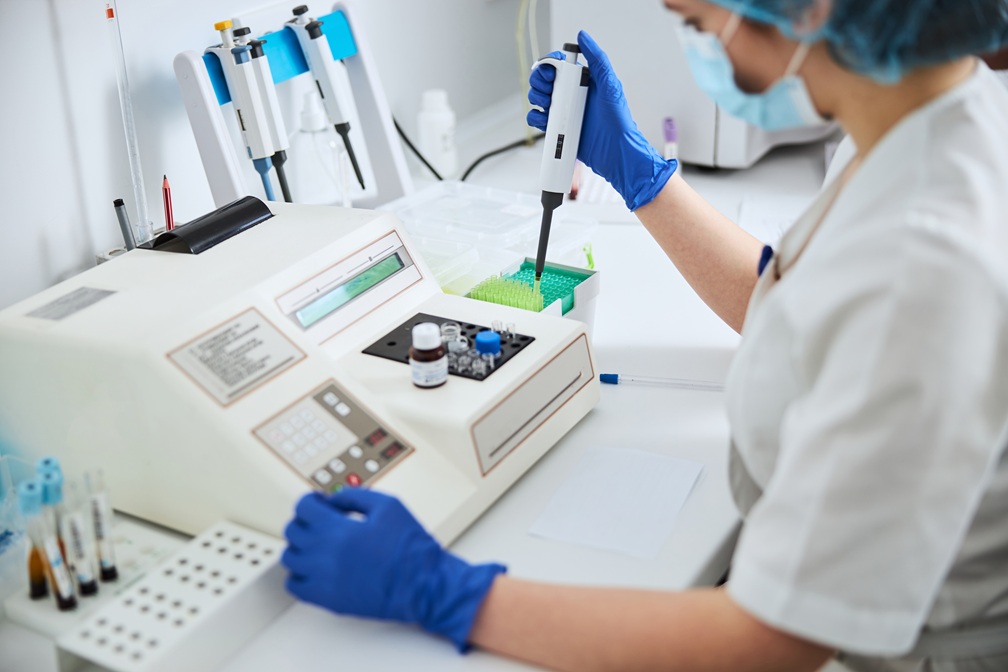How to Choose the Right Automated Cell Counter for Your Lab: A Practical Checklist

An automated and accurate cell counter is highly preferable to enhance the efficiency of your lab. With so many options available in market it is important to pick a model that can align with your need and requirements. Automated cell counter can save your lab time, reduce errors, and improve results. Whether you run a research lab, biotech facility, or production unit, the right cell counter helps you analyze cells faster and more accurately. But how do you choose the best one? We’re here to give you a simple, practical checklist to help you make the right choice.
A Practical Checklist to Choose the Best Cell Counter
Automated cell counter are integral machines that can enhance the accuracy. On the other hand, Manual counting with a microscope is slow and often inaccurate. But automatic cell counters offer fast, repeatable, and reliable results. They are ideal for research labs, cell culture labs, biotech and pharma production and quality control labs. With the right cell counter, your lab can achieve better data, faster workflows, and consistent results. If you’re wondering how to choose the right one? Here is the checklist:
- Know Your Sample Type
Start by checking what kind of samples you’ll be analyzing. Buying a cell counter accordingly can save you from unnecessary pressure. Before choosing the right one make sure, Are they suspension cells like CHO or HEK cells? Are you working with primary cells, blood, or stem cells? Do you need to count yeast, bacteria, or fungal cells? It must be clear that some automated cell counters are optimized for mammalian cells, while others can handle various cell types.
- Check the Counting Technology
Automated cell counters work using different technologies, each suited for specific types of analysis. To maintain accuracy and precision you need a counter that provides advanced software and high resolution images. You can expect different types of analysis, for example, image-based cytometry, which uses a built-in camera to capture high-quality images of cells. The software then analyzes these images to count and assess cell characteristics such as size, shape, and viability. Another method is impedance-based counting, which measures electrical resistance as cells pass through a small channel; changes in resistance indicate the presence and number of cells. Lastly, flow cytometry is a more advanced and detailed technique that uses lasers and fluidics to analyze multiple parameters of each cell, such as protein expression or DNA content.
- Evaluate Accuracy and Reproducibility
Cell counter is an integral tool that highly rely on accuracy. A good cell counter should give the same result every time. That’s why choose the one that comes with built-in calibration, validated protocols, and low variation in repeated tests. Reproducibility is essential for scientific work and product testing. That’s why these devices are popular for their simplicity, reliability, and minimal setup. They provide fast, consistent results, making them ideal for everyday lab use.
- User-Friendly Software
Before taking final decision, don’t make hassle and calculate your capability. Look for an automated cell counter with easy-to-use software. Some Good features include , Pre-set protocols, simple interface, clear result displays, and data export options (CSV, PDF). Easy software saves time and reduces training costs.
- Compatibility with GMP and CFR Standards
If you work in pharmaceutical or biotech production, check compatibility with GMP and CFR Standards. GMP stands for Good Manufacturing Practice. These are strict rules that ensure products are made safely and with consistent quality. On the other hand, 21 CFR Part 11 is a U.S. FDA regulation that deals with electronic records and electronic signatures. It requires that lab equipment and software used in regulated environments must have features like automatic data tracking, secure login and maintain integrity. This is especially important for labs involved in drug development, quality control, or cell therapy manufacturing.





The article does a great job of highlighting the importance of sample type when choosing a cell counter. Different counters excel with different samples, so it’s definitely crucial to assess that first. The emphasis on accuracy and time-saving is also spot on for any lab.